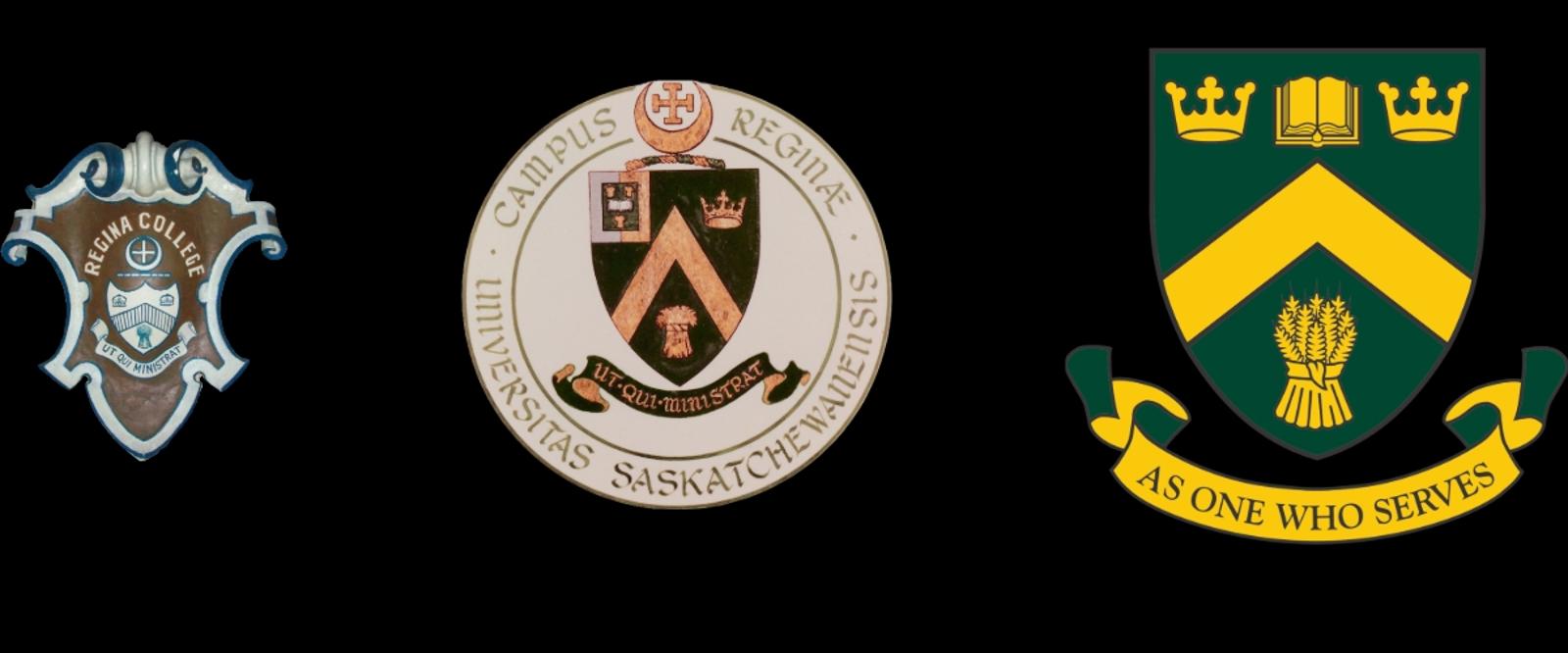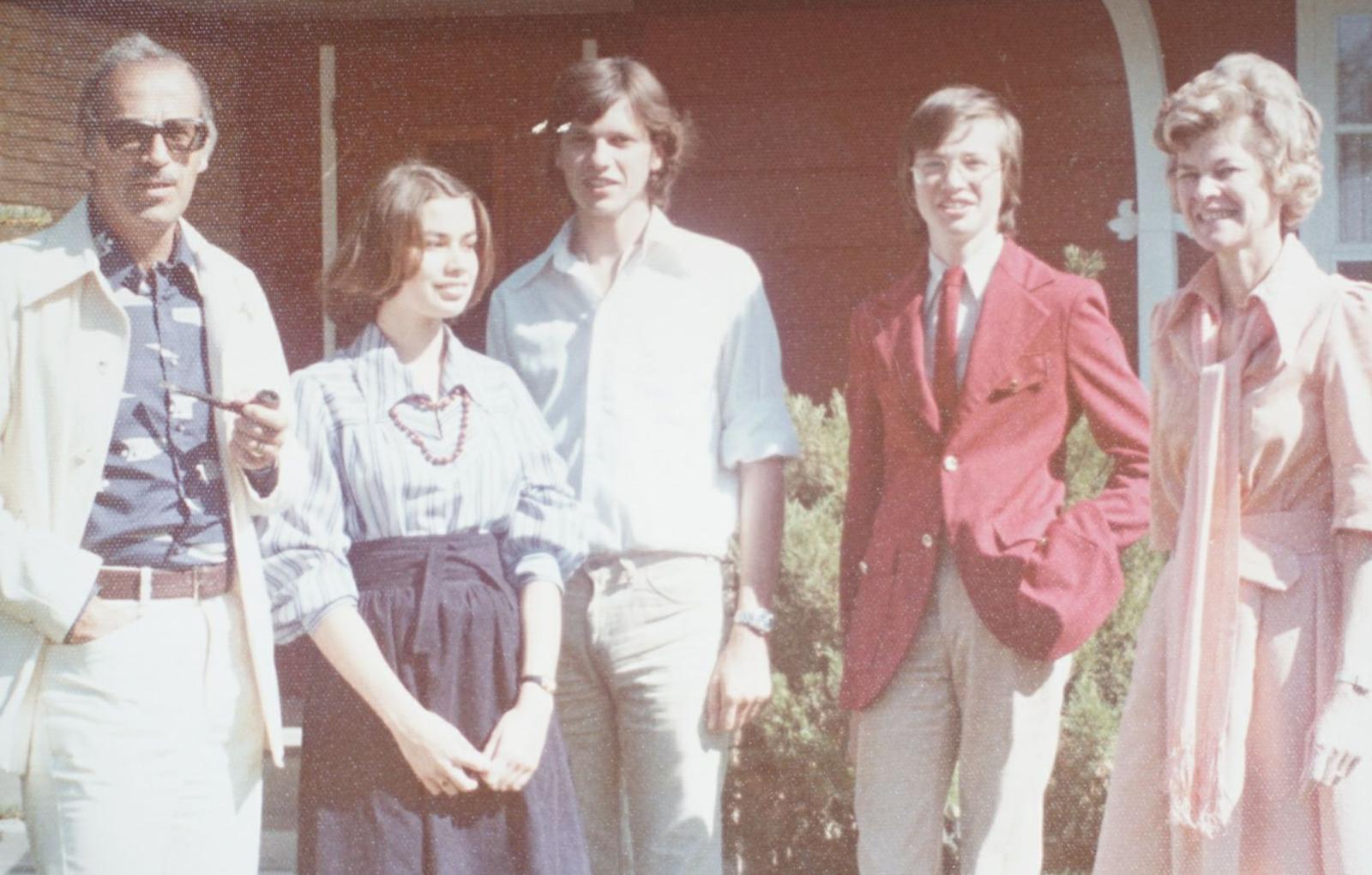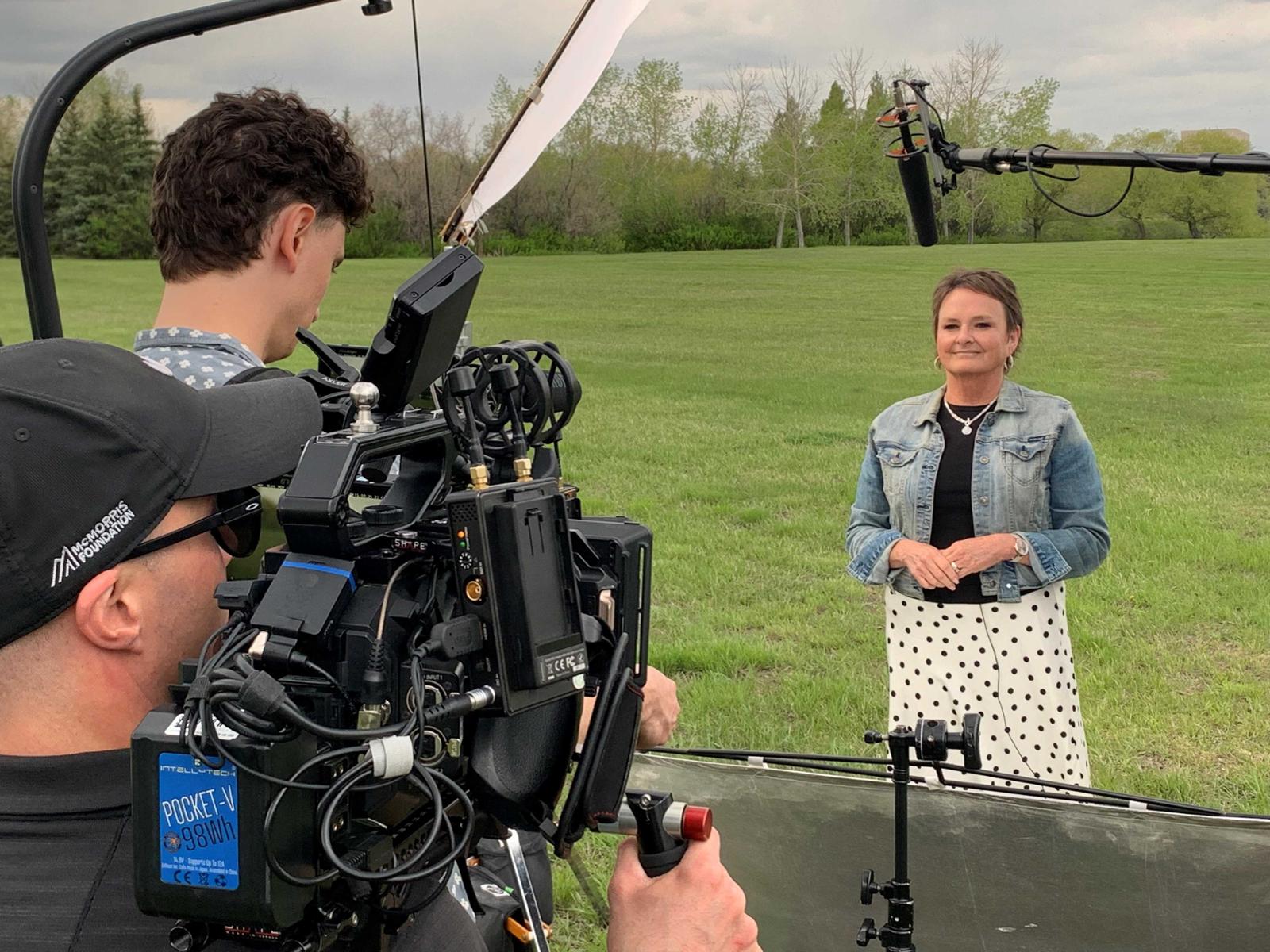In 1968, the campus was no more than a few buildings in the middle of an open prairie and was six years away from becoming an independent, degree-granting institution. That was the setting when Don Hall arrived at the University of Saskatchewan – Regina Campus with a desire to study photography. With few places in Canada offering majors in photography at the time, he went ahead and enrolled at the Regina Campus as an Arts and Sciences student, thinking that something else might pique his interest.
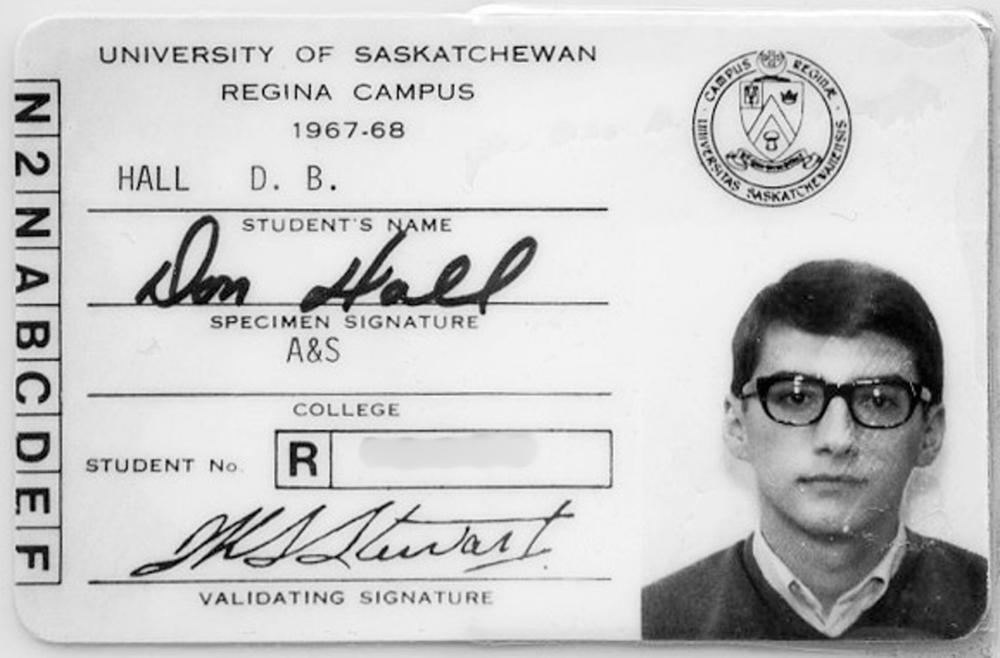
“Back then, photography wasn’t taken seriously as a fine art. You could study it in university, but in order to major in it, you had to go to a community college or tech school.” says Hall. “After spending a year in university, I realized that I really had a passion for photography, and that I was going to have to move away if I wanted to pursue it.”
The Northern Alberta Institute of Technology (NAIT) in Edmonton and Ryerson Polytechnic University in Toronto (now Toronto Metropolitan University) had the country’s best-known photography programs in the ‘70s. Hall applied to both and was accepted by both schools. The thought of moving to Toronto for three years was a bit overwhelming at the time, so Hall packed up and moved to Edmonton in 1970 to study photography at NAIT.
Throughout his studies, Hall worked in NAIT’s photography and AV department. The job sparked a new interest in working for a post-secondary institution.
My work had me out and about campus every day. I met pretty much everyone at the U of R within my first year. Everyone was always so welcoming and supportive. — Don Hall, U of R Photographer from 1975 to 2015
In the summer of 1975, after graduating from NAIT and spending a few years as a freelance photographer in Edmonton, Hall came back to Regina to visit his parents. The day before his flight back to Edmonton, he decided to walk around the U of R campus and check out how things had changed since his student days.
During his meanderings, he walked by the Human Resources office and saw a job posting for a photographer. After some inquiring, he changed the date of his flight and set up an interview for the following day. Later that afternoon, he was hired.
“I flew back to Edmonton and fit everything I owned in my Volkswagen van and drove back to Regina. I started working at the U of R on August 7, 1975,” says Hall. “I thought I would be here for one year, and then one year turned into two, and then five, and then … you know how it goes.”
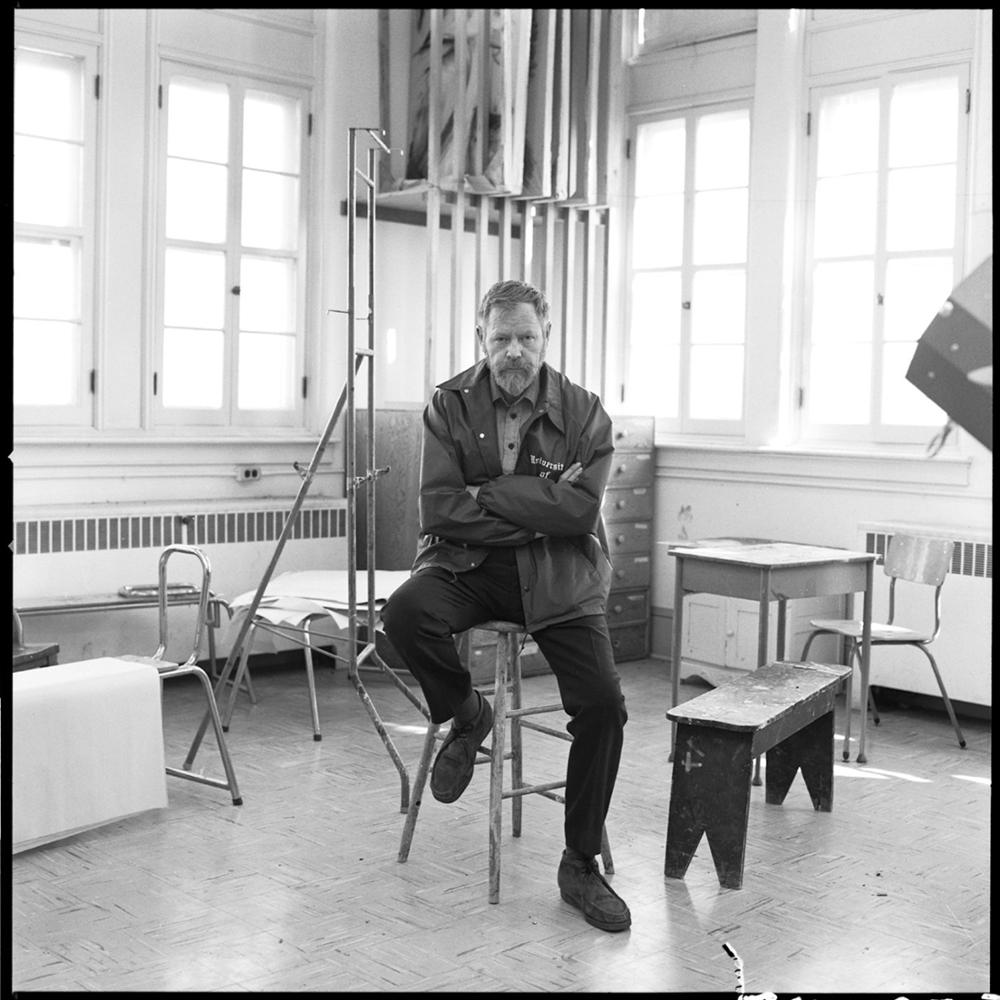
Hall went on to have a 40-year career at the U of R. He officially retired from the University on January 1, 2015, but continues to pursue his own photography practice and work as a freelance photographer for clients around the province.
An influence on others
Throughout Hall’s 40 years at the U of R, he was joined by a host of staff, volunteers, and co-op students in the Photography Department. In 2002, he was joined by the U of R’s current photographer, Trevor Hopkin. Together, Hall and Hopkin have spent a combined 62 years taking photos at the U of R.
After graduating from the Applied Photography program at SIAST (now Saskatchewan Polytechnic) in 2002, Hopkin was doing freelance photography work and working at Don’s Photo. He heard that the U of R was looking for a photographer, and shortly after he was hired and began working with Hall.
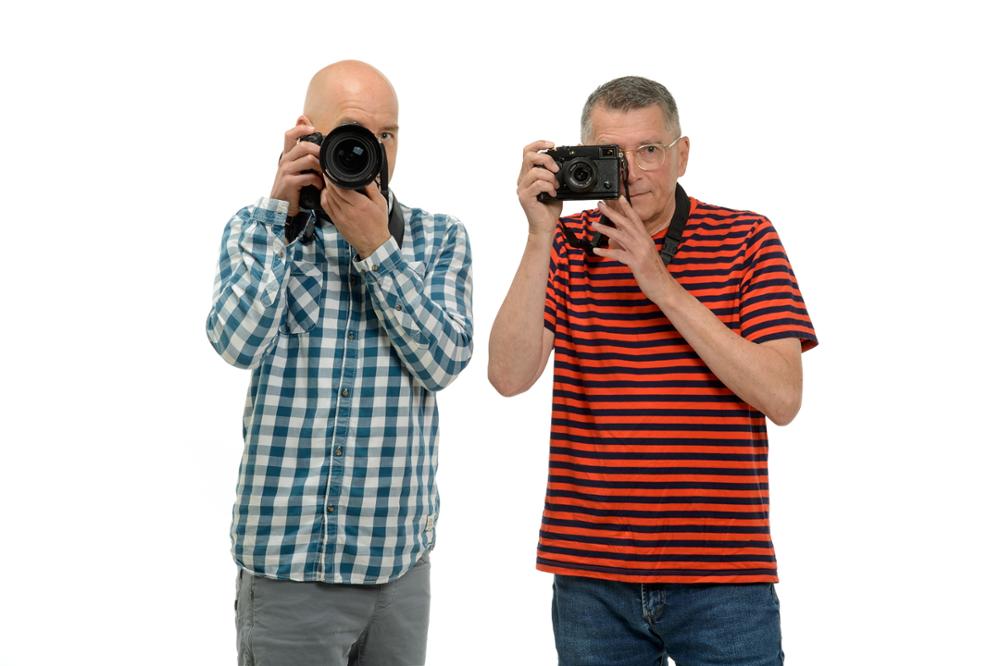
Hopkin credits Hall for teaching him the ins and outs of event photography, taking portraits, documenting artwork, working on editorial assignments, and commercial photography.
“Having just graduated, I was very green as a photographer, so working with Don was great,” says Hopkin. “I don't think there is an area in my career that hasn’t benefited from some influence or advice from Don. He has a wealth of knowledge and was always willing to share.”
Hopkin now works in University Communications and Marketing, and he continues to take photos of the U of R’s researchers, staff, students, and campus.
“I really enjoy helping people tell so many different stories, promote their research, and visually bring out the best in what they are most passionate about,” says Hopkin. “I feel pretty lucky that I had such a great mentor and that I enjoy my job this much, and I have a lot of fun doing it.”
The end of the darkroom
Throughout the years, cameras, photo processing, technology, and turnaround times changed. A revolution in the world of photography began in the early-2000s, however, when digital photography began to take over the industry.
For more than 25 years, Hall did all of his own photo processing in darkrooms that were on campus, but change came to the U of R Photography Department in the form of Leah Brandt (nee Belteck) who joined Hall, Hopkin, and the photography team in 2004. A recent graduate from the U of R’s film program, Brandt shared her keen interest in digital photography with her colleagues. With Brandt and Hopkin’s enthusiasm and prompting. and after a bit of hesitation given such a major change in technology and initial concerns about digital photo quality, Hall decided it would be a good decision to completely transition to digital photography. In a flash, darkrooms shut down and deadlines sped up.
“It really changed the way we worked. Digital is best for commercial and editorial work, it’s so much better than film,” says Hall. “Deadlines became tighter because people knew there could be a quicker turnaround. It picked up the pace of everything.”
A unique perspective
Being the University photographer is unlike any other job on campus. Hall says that going into other people’s work environments and interacting with different people every single day gave him a unique perspective of the U of R.
“My work had me out and about campus every day. I met pretty much everyone at the U of R within my first year. Everyone was always so welcoming and supportive,” says Hall.” “The U of R offers a great environment and I always found that it really promoted and inspired creativity.”
Hall’s work wasn’t limited to main campus; early on he also began taking photos for the MacKenzie Art Gallery, which at the time, was located at the College Avenue Campus. This spurred a new interest in art documentation, and he began taking photos for other public art galleries, including the Dunlop Art Gallery and the Moose Jaw Art Gallery.
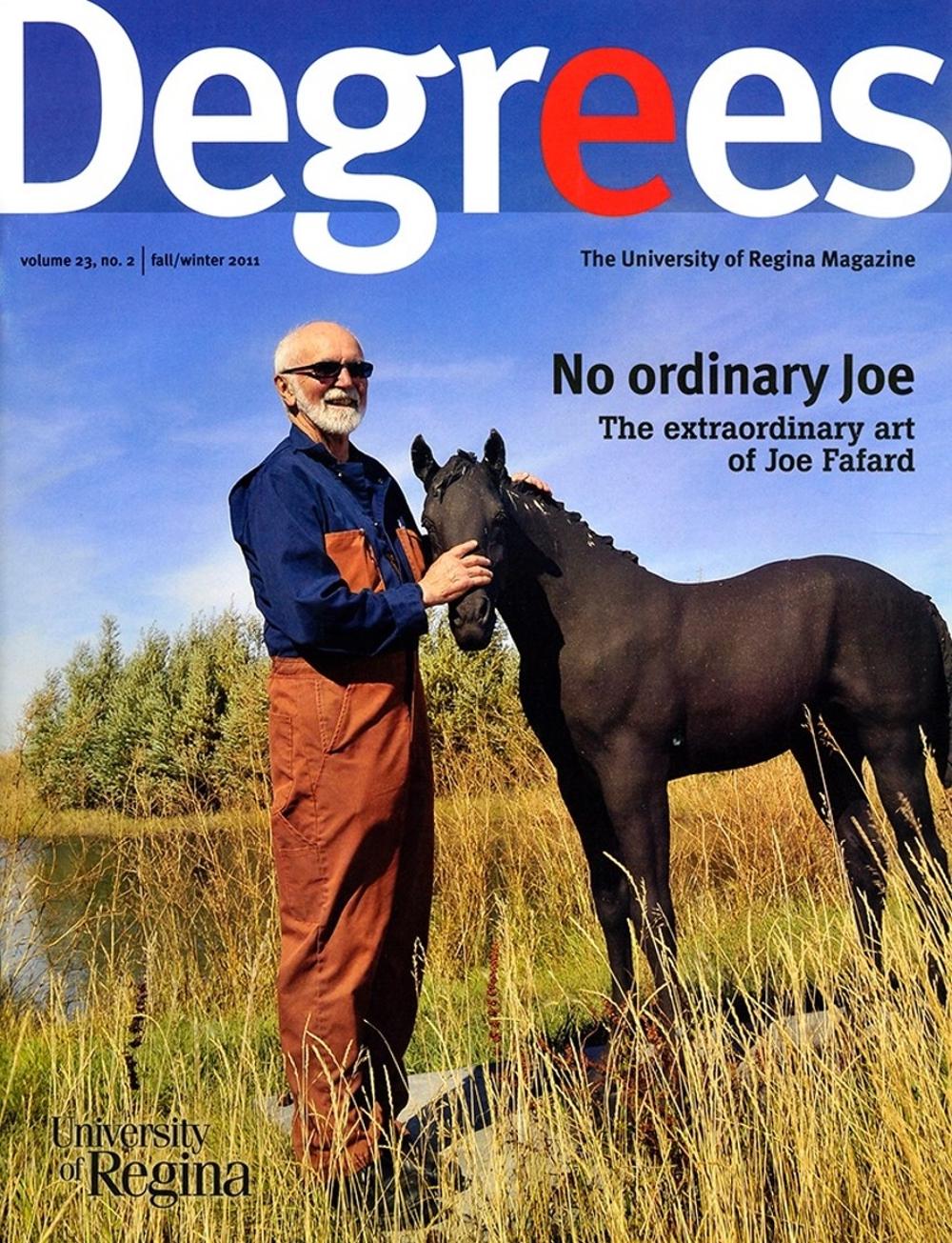
Career highlights
In the last 10 or so years that Hall was at the U of R, he saw a greater emphasis on recruitment and creating a visual identity for the institution. He credits the U of R’s seventh president, Dr. Vianne Timmons, for knowing the importance of having a strong visual identity and the need to showcase the campus in the best possible light.
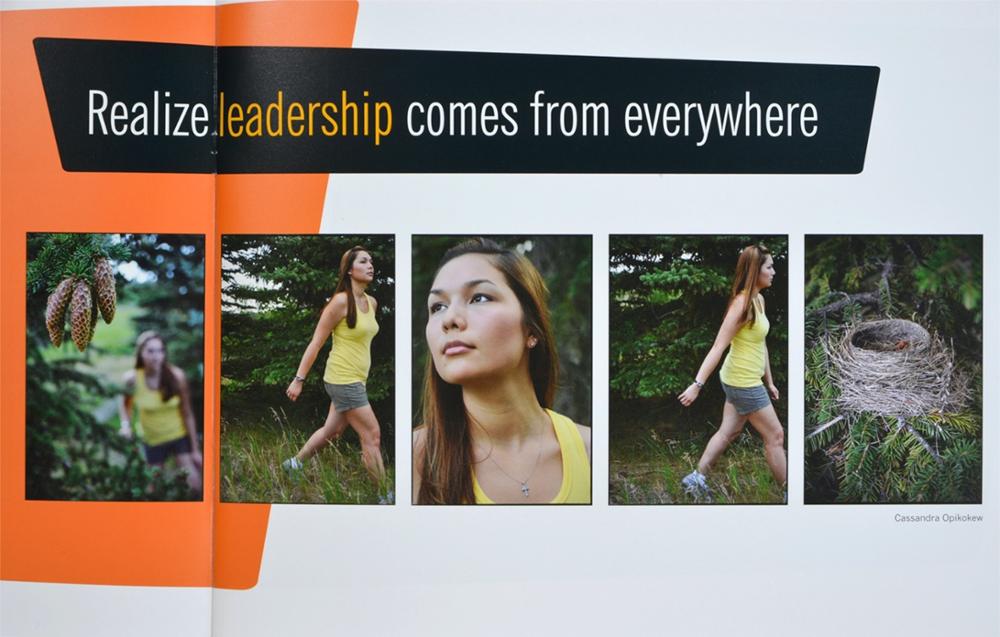
Hall worked on several publications with Dr. Timmons, one of the highlights of his time at the U of R. One such publication was the 2011 book Honouring Our Past, Embracing Our Future: Celebrating a Century of Excellence in Education at the University of Regina Campus. He fondly remembers working on the book with Dr. Stephen King, Senior Researcher to the President and Vice-Chancellor, and the two spending days combing through the filing cabinets in the U of R Archives to select the photos.
“Having the photo archives is more important than ever. It helps us to know the history of the University – where it has been and where it is going,” says Hall. “I’ve always believed that once you release the shutter, each photo becomes an important historical document.”
Meeting the late Laurier LaPierre, former CBC broadcaster, during a visit he made to the U of R’s School of Journalism was also a moment that stands out to Hall. He says that meeting artists, lecturers, and other interesting people was always something that he looked forward to.
“With the 50th anniversary happening now, people are looking back at the old campus and what went on there, you really realize how important this institution is,” says Hall. “Most of the friends that I have now, I met because of my time working here. The U of R has been very important to me.”
Celebrate the U of R’s 50th Anniversary with us! Check out all of the 50th Anniversary events we have coming up.
Banner Photo: Don Hall spent 40 years as the U of R’s Photographer, officially retiring in 2015. Photo Courtesy U of R Photography
About the University of Regina
2024 marks our 50th anniversary as an independent University (although our roots as Regina College date back more than a century!). As we celebrate our past, we work towards a future that is as limitless as the prairie horizon. We support the health and well-being of our 16,700 students and provide them with hands-on learning opportunities to develop career-ready graduates – more than 90,000 alumni enrich communities in Saskatchewan and around the globe. Our research enterprise has grown to 21 research centres and 9 Canada Research Chairs. Our campuses are on Treaties 4 and 6 - the territories of the nêhiyawak, Anihšināpēk, Dakota, Lakota, and Nakoda peoples, and the homeland of the Michif/Métis nation. We seek to grow our relationships with Indigenous communities to build a more inclusive future.
Let’s go far, together.

